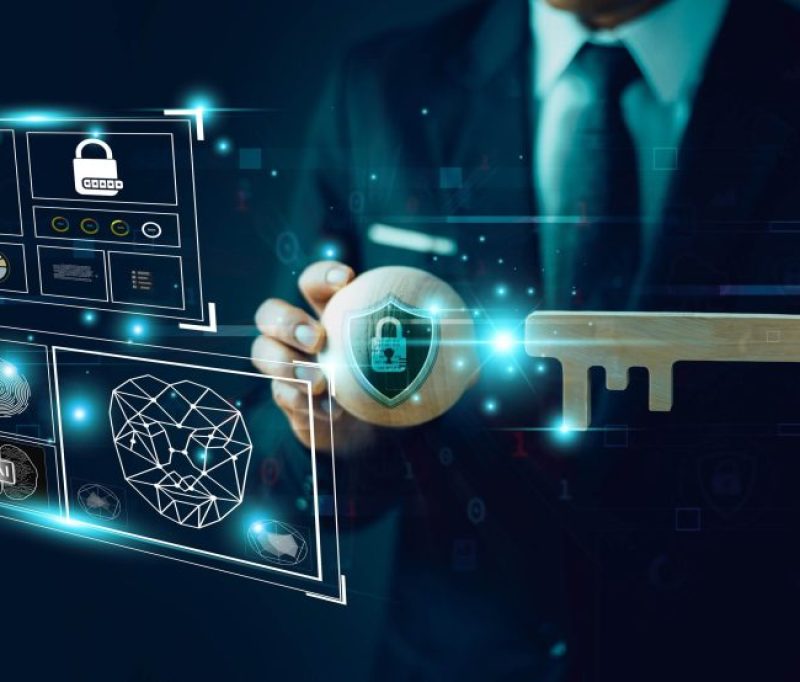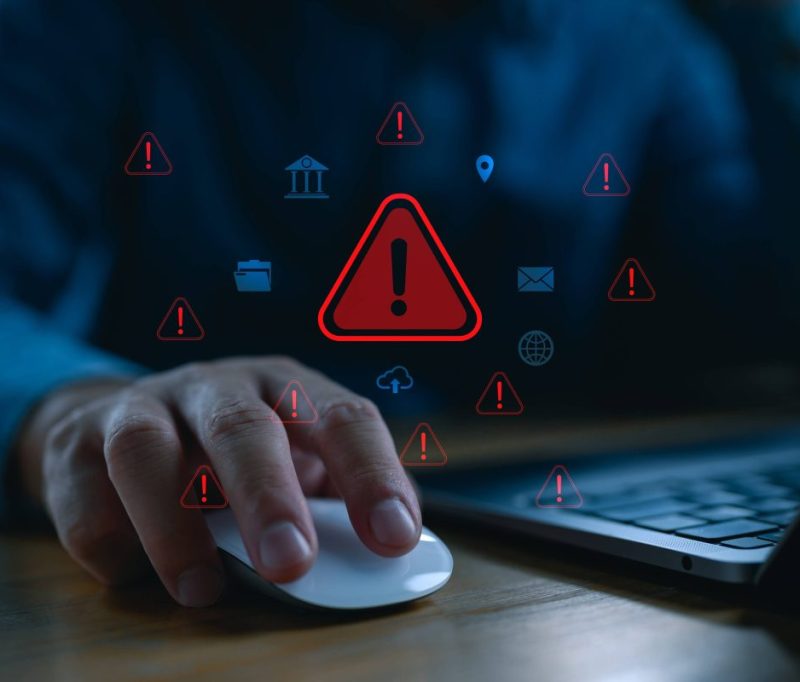With hybrid working and cloud collaboration now the norm, SMEs must rethink their cyber security approach. Traditional defences are no longer sufficient, especially with staff accessing systems remotely. Cybercriminals are actively targeting these vulnerabilities, making SMEs prime targets. A powerful solution is Zero Trust remote access, which follows the principle of “never trust, always verify” for every user and device, no matter their location.
This blog will help SMEs understand, plan, and implement Zero Trust effectively—using practical tools like dark web scanners and remote access support services to strengthen overall security.
What Is Zero Trust Remote Access?
Zero Trust remote access is a security model that requires every user and device to prove their identity before gaining access to company resources. Unlike traditional Virtual Private Networks (VPNs), which trust any device once connected, Zero Trust ensures each access attempt is verified, limited, and monitored.
Key characteristics include:
- Identity-based access: Access decisions are based on user credentials and device health.
- Continuous verification: Every request is checked, not just the initial login.
- Granular control: Users are given the least access needed for their role.
Zero Trust doesn't just strengthen internal systems; it also helps guard against external threats. A dark web scanner, for example, can detect if your employees’ credentials have been leaked online, allowing you to take action before those credentials are used in a breach.

Why SMEs Need Zero Trust Security
Many small businesses wrongly believe they are too small to be targets. But in reality, SMEs are often viewed as soft targets by cybercriminals. Limited budgets, outdated systems, and a lack of dedicated IT teams make them vulnerable.
Recent trends show a rise in phishing attacks, ransomware, and data breaches affecting SMEs, especially those with remote workers. If a staff member logs in from an unsecured personal device or uses a password already leaked on the dark web, your business could be at risk.
This is where tools like a dark web scanner become invaluable. They continuously monitor the dark web for compromised employee credentials and alert you before attackers get in.
Additionally, many SMEs benefit from working with remote access support providers who can manage secure remote connections and ensure staff work safely from any location.
Core Principles of Zero Trust for Remote Access
Let’s look at the foundational elements of Zero Trust and how they apply to SMEs:
Zero Trust Principle | What It Means for SMEs |
Least Privilege Access | Staff only access the specific tools or files needed. |
Continuous Authentication | Regular checks during sessions – not just at login. |
Microsegmentation | Network divided into sections; access is controlled. |
Device Health Checks | Only secure, up-to-date devices are allowed. |
Visibility and Analytics | Track access and flag suspicious activity. |
These principles make it harder for unauthorised users or compromised devices to do damage – even if they get through the first layer of defence.
Step-by-Step Rollout Plan for SMEs
Transitioning to Zero Trust doesn’t need to be overwhelming. Here’s a simple step-by-step guide tailored for SMEs:
Step 1: Audit Current Access and Devices
Start by identifying who has access to what. List all your remote users, their devices, and the systems they connect to. Look for open ports, outdated firewalls, or unsecured third-party tools.
Step 2: Implement Strong Identity and Access Management
Use tools like Single Sign-On (SSO) to reduce the number of passwords staff need to remember. Pair this with Multi-Factor Authentication (MFA) for added protection.
Step 3: Enforce Role-Based Access Controls
Not all staff need access to every system. Restrict access based on job roles to limit exposure and minimise risks.
Step 4: Secure All Endpoints
Ensure that every device connecting to your systems has antivirus software, updated operating systems, and disk encryption. Consider using mobile device management (MDM) solutions for better control.
Step 5: Monitor the Dark Web
Use a dark web scanner to monitor if company email addresses or login details have been exposed. Early detection can prevent major breaches.
Step 6: Leverage Remote Access Support Services
If you lack internal IT capacity, consider partnering with a company offering remote access support. They can set up secure environments, monitor devices, and respond quickly to threats.
Common Challenges and How to Overcome Them
Introducing a Zero Trust framework may seem complex, especially for smaller teams. Here are common hurdles and solutions:
- Employee Resistance: Staff may feel inconvenienced by extra security steps. Combat this with clear communication, training, and demonstrating how it protects both company and personal data.
- Too Many Tools: Avoid overloading your team with multiple disconnected solutions. Choose integrated platforms that offer authentication, access control, and endpoint monitoring in one place.
- Cost Concerns: While some tools have upfront costs, the long-term savings from preventing a breach can be significant. Tools like dark web monitoring are often low-cost and high-impact.
- Lack of IT Skills: Outsourcing remote access support can bridge your skills gap and allow you to benefit from expert advice without full-time hires.
The Role of Automation and Monitoring in Zero Trust
Automation plays a key role in Zero Trust. For example, systems can automatically:
- Deny access to devices with outdated software
- Alert admins when someone logs in from an unusual location
- Lock accounts showing suspicious behaviour
These features allow small teams to maintain strong security without constant manual monitoring.
Combined with proactive tools like a dark web scanner, your business gains an always-on security approach, reducing the risk of unnoticed threats.

Future-Proofing Your SME Security
Cyber threats evolve quickly. That’s why Zero Trust must be an ongoing strategy, not a one-time fix. As your business grows, regularly:
- Review access permissions
- Update authentication methods
- Train staff on phishing and online safety
- Scan the dark web for new credential leaks
Cloud tools like Microsoft 365 and Google Workspace now offer built-in Zero Trust features, making implementation easier than ever for SMEs.
Conclusion
Implementing Zero Trust remote access is no longer just an enterprise-level solution. SMEs can and should adopt this powerful approach to secure their data, users, and operations in a world where remote working and cyber threats go hand in hand.
By following a structured rollout, using essential tools like dark web scanners, and seeking help through remote access support, even small businesses can build a secure and flexible IT environment.
For businesses looking to take the next step, Renaissance Computer Services Limited offers trusted IT solutions and support tailored to your needs.



